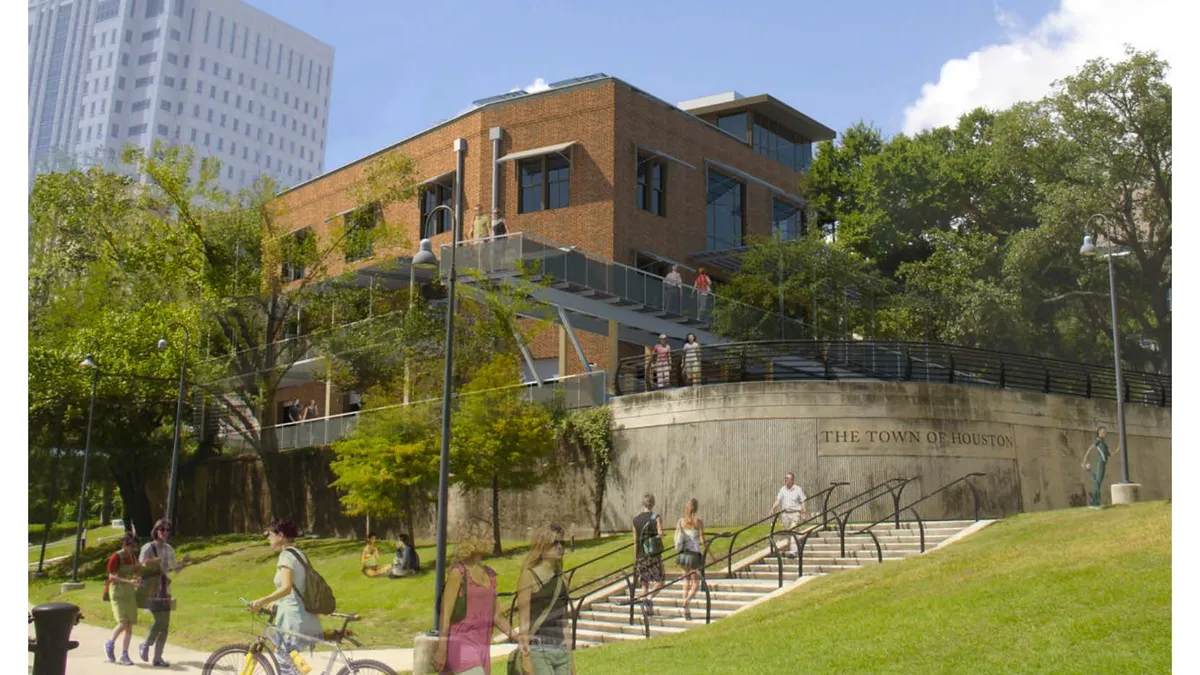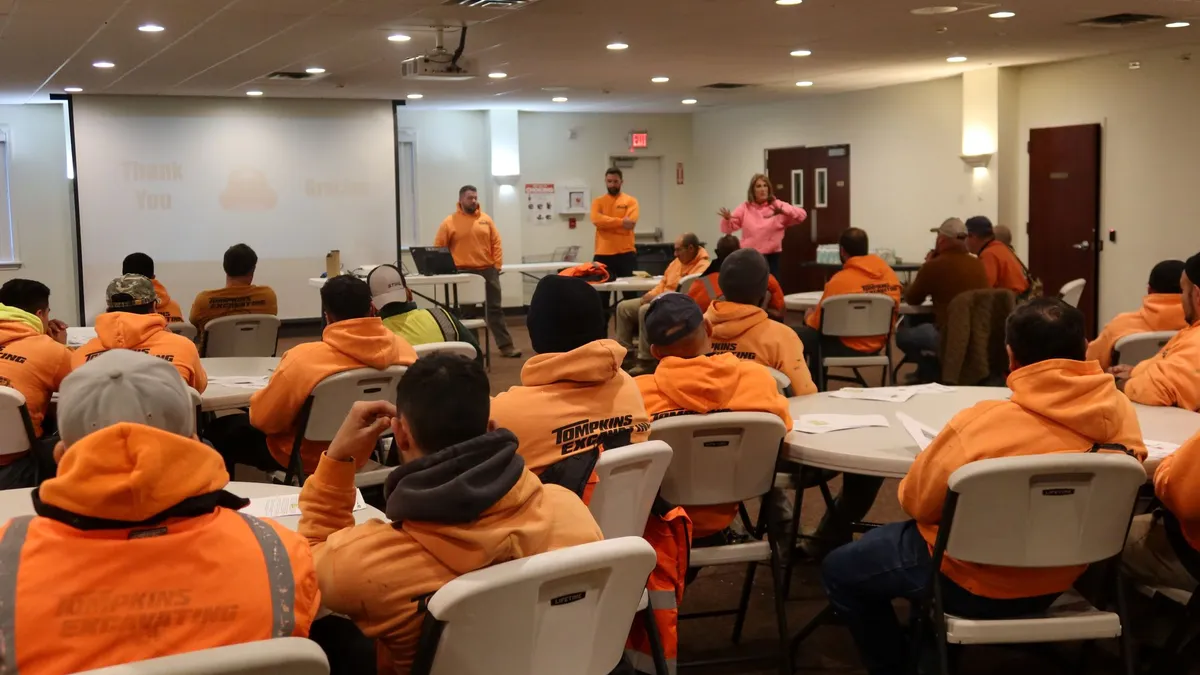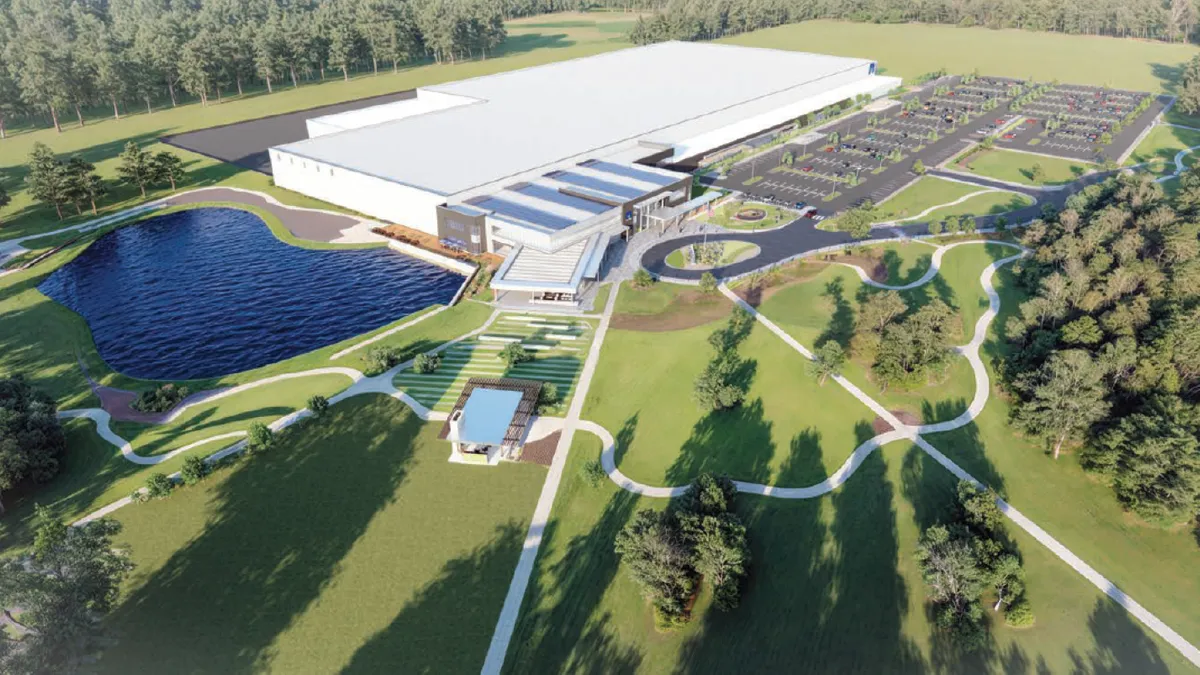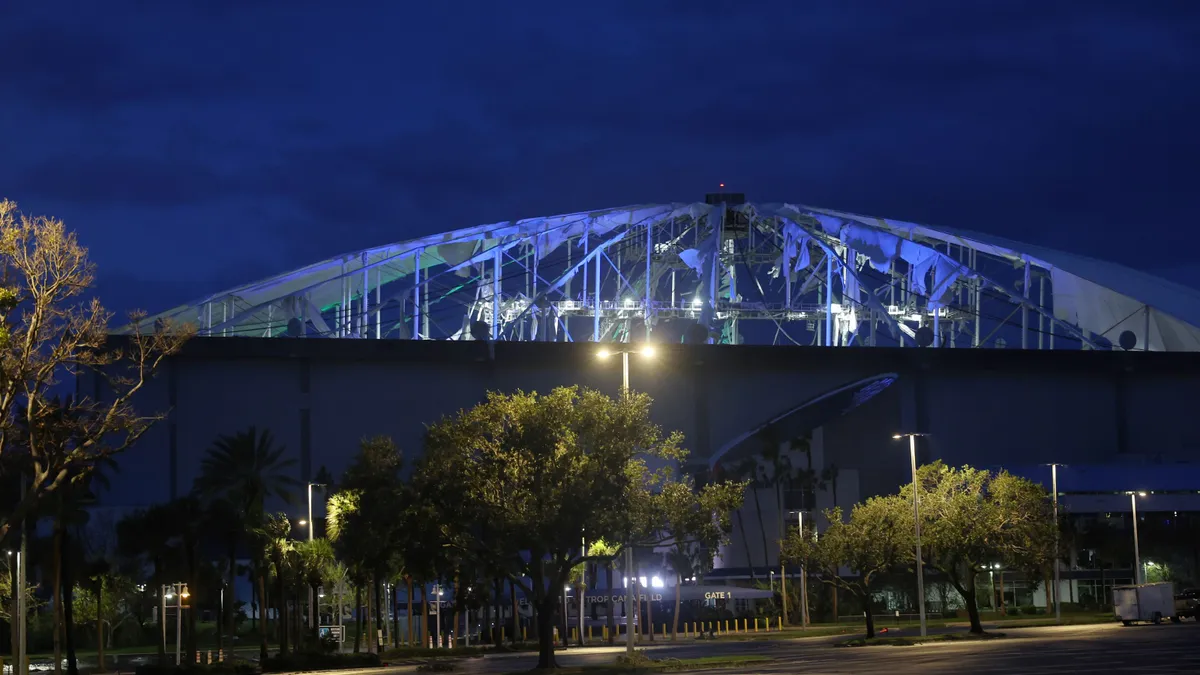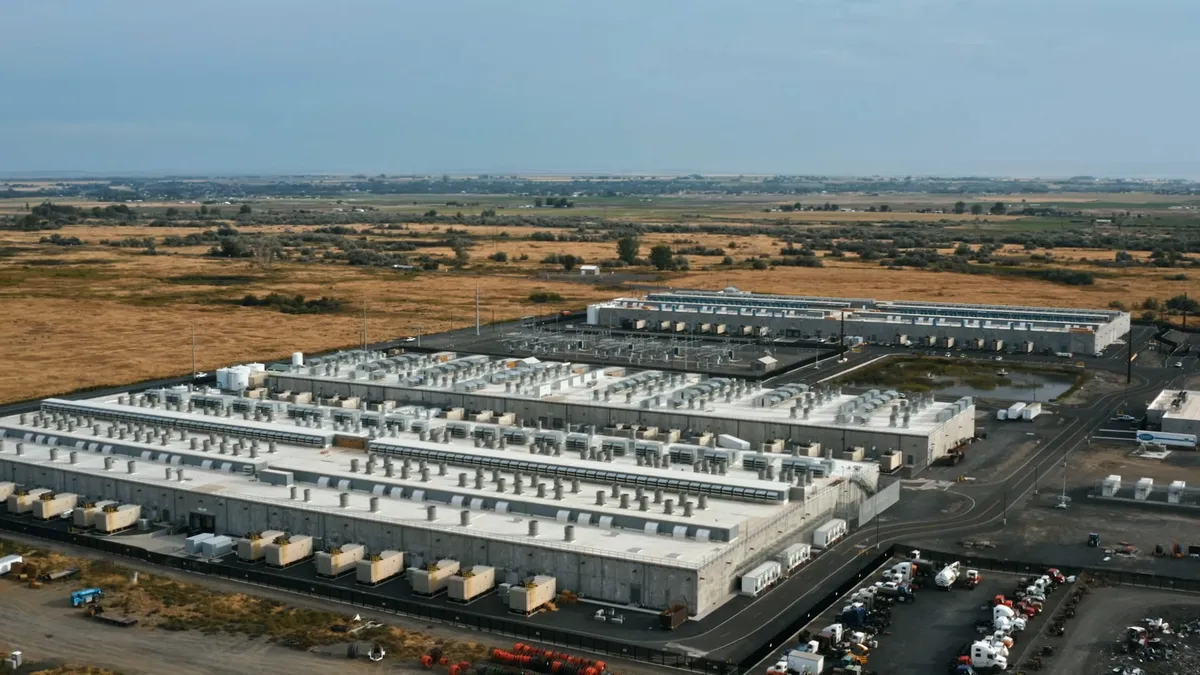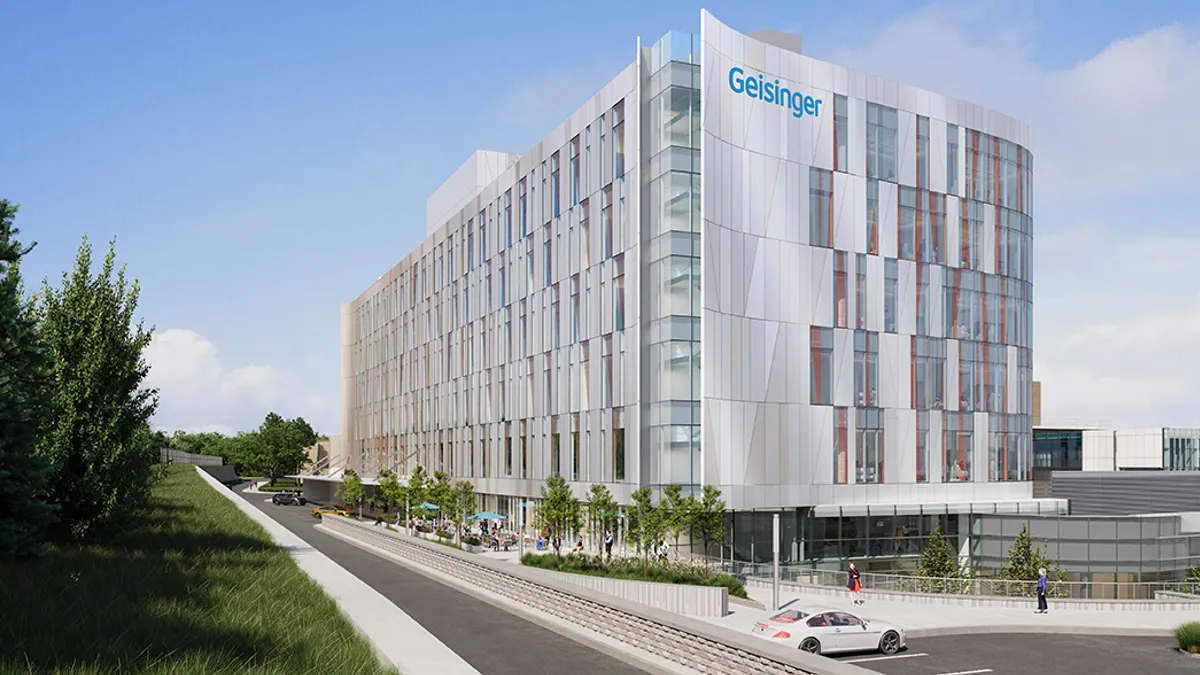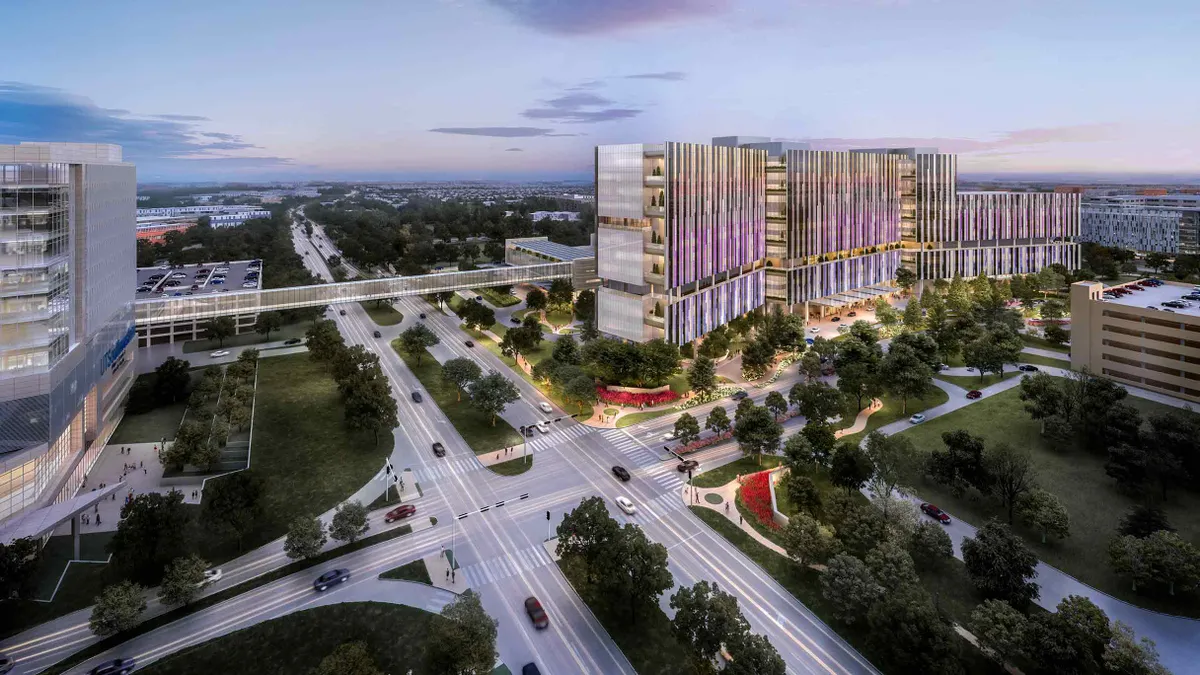It used to be other countries' favorite cultural dig at the U.S. — Americans don't have an appreciation for history and will knock down anything to throw up a shopping mall, a shiny skyscraper or a new development jam-packed with cookie-cutter homes.
While that was never really true, times have changed, and cities across the U.S. are finding their urban cores in high demand for work and play, particularly among millennials. As a result, historical buildings — brick and otherwise, and all with character to spare — are in high demand. However, builders and developers need to think creatively and carefully when repurposing these older structures for contemporary use.
Why older buildings appeal to current residents
John Barnes, the senior vice president at Houston-based general contractor Linbeck Group who is currently heading up the Sunset Coffee building renovation in the city, said he believes location is a major factor in the popularity of older buildings. A reduction in stressful commute time makes "a completely different quality of life" possible, he said. Instead of spending hours in the car, people can enjoy some leisure time before and after work.
But it's also about the aesthetic. "I think people like those old warehouse or repurposed paint manufacturing-type plants because they make really cool lofts," Barnes said. He added that many of those buildings are situated in spots that have excellent views of the city skyline, which only adds to their popularity.
"There's a reason people act in dismay to buildings with that big-box feel," said Block 2 Real Estate's David Robinson, who is based in Little Rock, AK, and has a long history of renovating historical buildings in the Southeastern U.S. "They're very impersonal. People have an affinity for older buildings."
These structures are so attractive that predominantly vacant areas with a reputation for crime are even attracting investor interest. "They're looking at the South as the new gold rush," Robinson said, "and it doesn't take a lot of money." For the price of a condominium in Manhattan, downtowns like those in Jackson, MS, offer multistory buildings with potentially intriguing pasts.
Considering the financial side of restoration
But not all historical buildings are created equal. Depending on prior use, it might make more financial sense to scrap any restoration plans, according to Robinson. "Where other people are scared away from certain properties, we are not," he said.
Former drycleaning establishments, gas stations or buildings next to railways can be expensive nightmares when it comes to cleanup, costing $15,000-$50,000 for testing alone. "Then you have to spend (more money) to take care of the problem," Robinson said. If testing does reveal subsurface contamination, which he called "the scariest stuff in the world," that could then create an issue with lenders, who would most likely pass on providing funding for a contaminated project.
In some locations, it's not worth the expense to clean up brownfield or hazardous sites, according to Barnes, and land costs factor greatly into that decision. "If you have a building worth $100,000 sitting on $1 million of property, tear that sucker down," he said. Another issue to consider is whether the building is an appropriate fit for its intended use. For example, some older buildings just can't accommodate the space and technological requirements of a hospital or even a medical office building.
If site conditions aren't an issue and the existing building can serve the needs of future residents or tenants, then the next step is to evaluate the quality of the building. "Historical significance is a great thing," Barnes said, but he added that there are many buildings that need to be torn down simply because investors will spend more money on construction than the building will bring in returns.
Robinson said that buildings constructed in the 1920s or 1930s were "built like tanks" of concrete and steel. Those facades might need some work, but the buildings themselves are very secure, according to Robinson. He considers the most overlooked aspect of historical buildings to be the potential for asbestos and lead-based paint. "That's when the EPA and OSHA show up, and you don't want those fines," he said.
Adhering to historical preservation guidelines
Of course, to qualify for coveted historical tax credits or grants, some parts of the building must remain as-is. Renovators can either use the original elements or fashion identical features out of modern materials. Robinson said original windows can be updated with new glass and sealants in order to meet modern energy efficiency standards, and old brick facades left standing by the grace of gravity alone can be shored up while construction goes on around them. Tasks like window-glazing asbestos abatement and finding and ordering matching replacement windows are tedious but critical, he noted.
Such is the case with the Tammany Hall renovation in New York City. CNY Group is tackling the overhaul, which will see the once-vibrant centerpiece of New York political history converted into a retail and office building. The interior demolition is complete, and in the next few days, the company will begin the process of bracing and shoring the existing facade so that it remains secure and protected while construction goes on behind it, according to CNY CEO Ken Colao. Once construction is complete, he said the facade will then be tied back into the new structure. Aside from the new geodesic dome that will be erected on top of the building, there won't be much of a change to what passersby see.
However, most state and federal historical and preservation societies require an exact replica, and that's where the Tammany Hall dome steers the renovation off the traditional path. "Often in this country, we see an attempt to completely restore or replicate in its entirety what was there," Colao said. At Tammany Hall, he said architects took their cue from European design and added the dome, a distinctly modern element, in order to provide an interesting, tasteful contrast. "I think the architect and designers actually achieved that here," Colao said.
Robinson said, "I'm a preservationist at heart, so I get (preservation societies') desire for things to be correct, and I want to do that." However, he added that there is an economic reality attached to every building. "Hopefully the economic reality and the preservation reality marry," he said.


